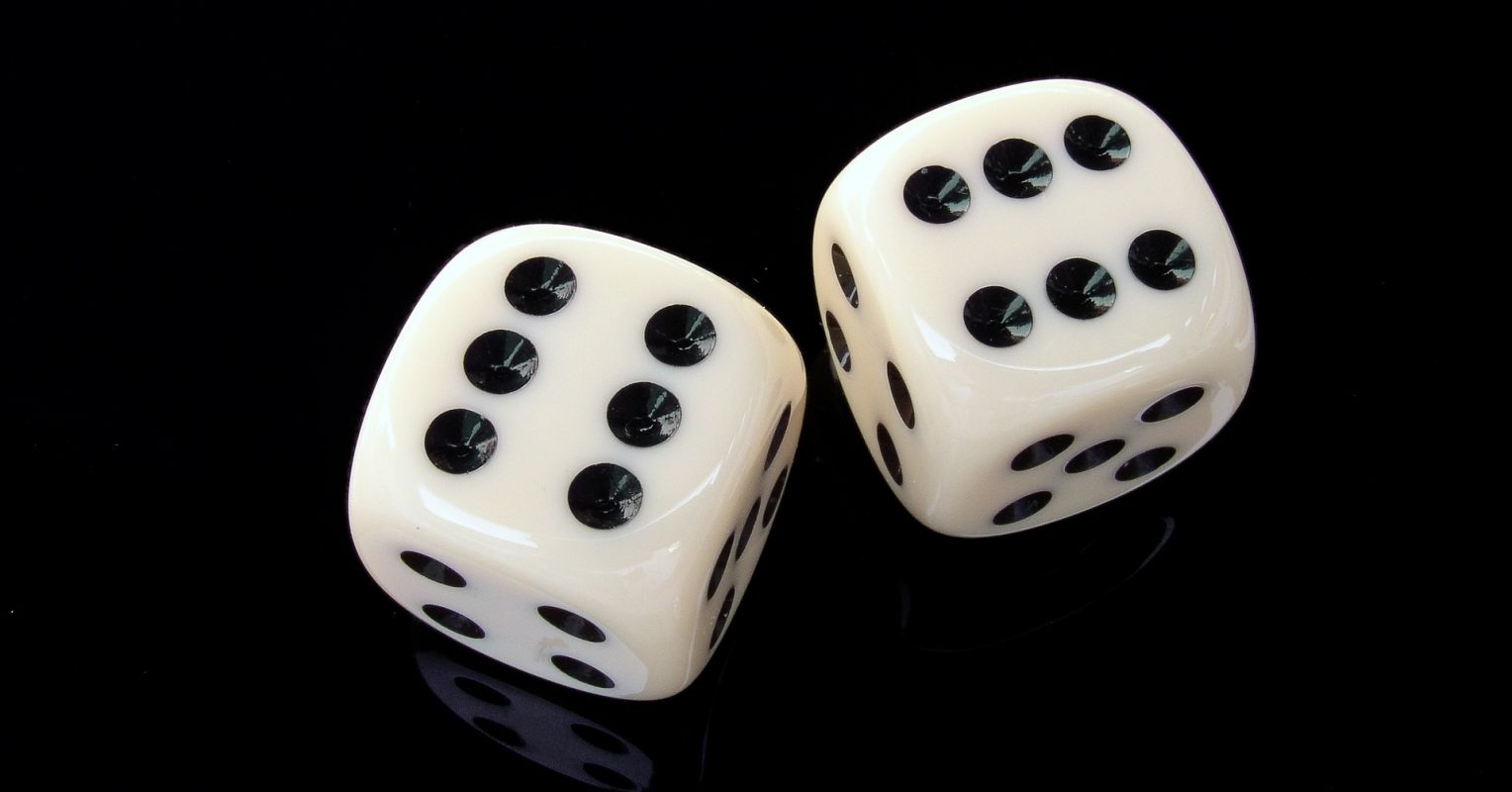The story of Dice
The history of dice dates back thousands of years, and they have played a significant role in games, gambling, and decision-making across various cultures and civilizations. Here's a brief overview of the story of dice:
1. **Ancient Origins**:
- Dice can be traced back to ancient civilizations. The oldest known dice were excavated from archeological sites in what is now Iran and date back to around 2800-2500 BCE. These dice were made from bone.
2. **Early Materials**:
- Dice were initially made from various materials, including bone, ivory, wood, and stone. These materials were readily available and relatively easy to shape into cubic or polyhedral forms.
3. **Roman Dice**:
- The ancient Romans used dice extensively in both gaming and gambling. They often played a game called "Tesserae," which was similar to modern-day craps.
4. **Chinese Dice**:
- In ancient China, dice were used for games of chance and divination. These dice were typically made from porcelain or ivory and had unique markings.
5. **Medieval Europe**:
- Dice continued to be popular in medieval Europe for various games, including hazard and craps. Many dice from this era were made from bone, antler, or wood.
6. **Dice Design**:
- Over time, dice evolved to have standardized designs. Six-sided dice became the most common, with dots (pips) used to represent the numbers.
7. **Modern Materials**:
- In the 20th century, dice began to be mass-produced using materials like plastic, which allowed for more precise manufacturing and ensured fairness in gaming.
8. **Role in Gaming**:
- Dice are an integral part of tabletop role-playing games (RPGs) like Dungeons & Dragons, where they are used to determine outcomes of actions and events.
9. **Variations**:
- Dice have evolved to include various shapes and sizes, including four-sided (pyramid-shaped), eight-sided, ten-sided, twelve-sided, and twenty-sided dice. Each serves a specific purpose in different games.
10. **Digital Dice**:
- With the advent of computers and digital technology, virtual dice have become common in electronic gaming and simulations.
11. **Symbolism and Divination**:
- In addition to gaming, dice have been used in various cultures for divination and fortune-telling, where the outcome of a roll is believed to provide insights into the future.
Throughout history, dice have been more than just gaming tools; they have been used for entertainment, decision-making, and even spiritual practices. Today, dice continue to be an integral part of games and activities, both in physical and digital formats, connecting people across cultures and generations.
Probability in dice
the story of dice
story of the game of dice
story of the dice
significance of dice
como se dice setting of the story en español
dice story
dice story game
what does dice over dice mean
does god play dice
what is the game of dice
what does 7 mean in dice
history of dice
history of dice facts
king dice story
one dice is called
p.dice
is die singular of dice
what happened to dice
does god play dice book
the story of the game of dice
why was dice cancelled
x dice
what is the significance of the dice in star wars
the tale of zombie dice
z the story of everything
the first dice
4-dice restaurant
7-sided dice
how do you play the dice game 7 11
the story of diablo 1
the story of diablo
9 dice game

